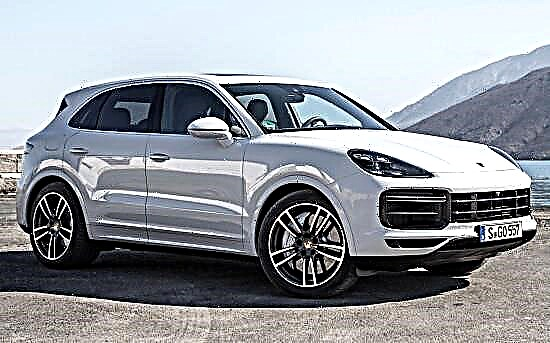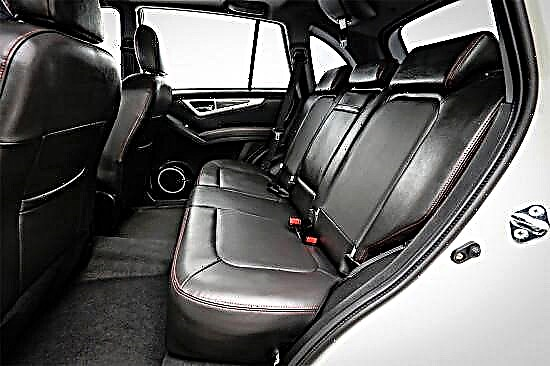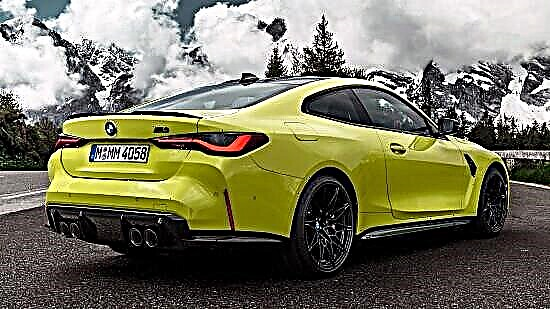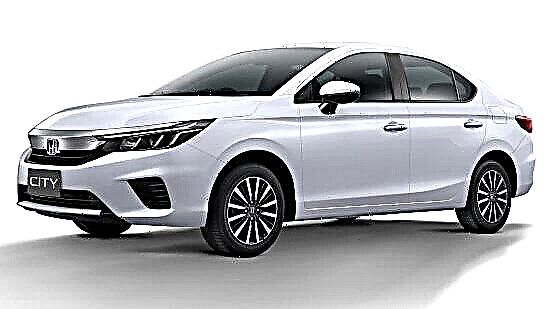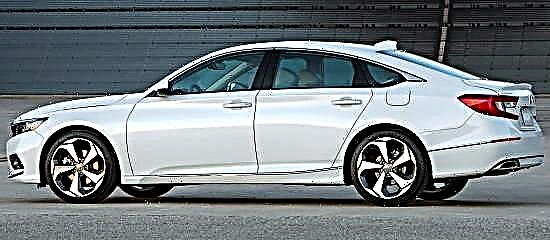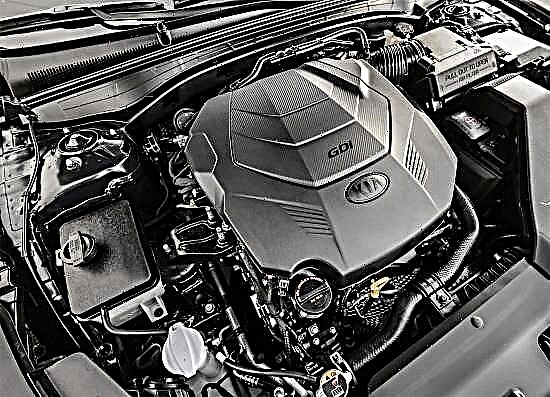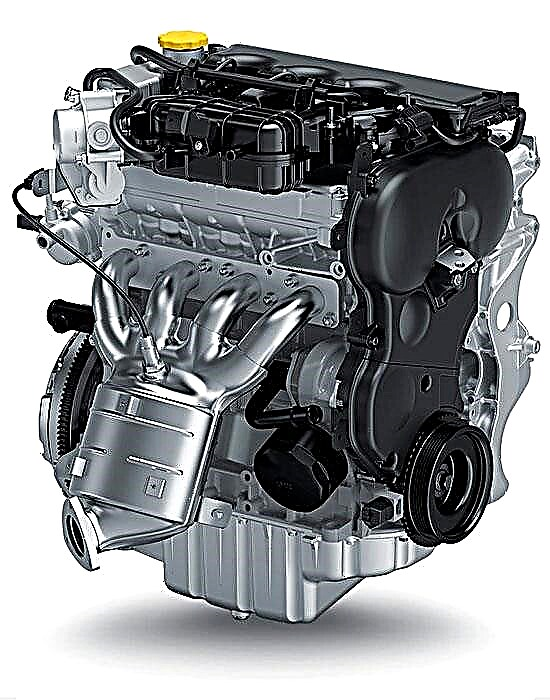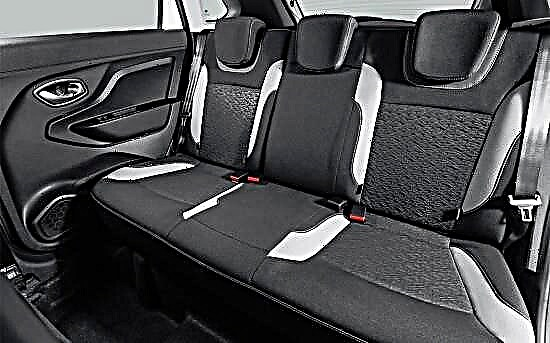The 4th generation Honda Accord went on sale in 1989. The car noticeably increased in size, thereby "stepping over" into the mid-size class, and also lost the three-door hatchback body. In 1992, the "Japanese" underwent a slight update, which affected the exterior, interior decoration and technical part.

Serial production of the model lasted until July 1993, after which it left the assembly line.

"Accord" of the fourth generation is a representative of the D size class according to the European classification.

It was available in the body versions of a sedan, two-door coupe and a five-door station wagon and was characterized by the following dimensions along the outer perimeter: length - from 4680 to 4745 mm, width - from 1695 to 1725 mm, height - from 1326 to 1400 mm.
The wheelbase of the "Japanese" has a 2720 mm segment, and the ground clearance in the stowed state does not exceed 160 mm.
Specifications. The fourth generation Honda Accord was equipped with a wide range of four-cylinder petrol engines. For the car, carburetor engines with a volume of 1.8-2.0 liters were offered, generating from 90 to 110 horsepower and from 143 to 159 Nm of torque, as well as units with distributed injection of 2.0-2.2 liters, the return of which is 133-160 "horses" and 179-198 N peak thrust.
All potential is directed to the front wheels by means of a manual or automatic transmission (in the first case - five gears, in the second - four).

The front and rear suspension on the fourth generation Honda Accord is independent, double wishbone type. On some versions, the 4WS system was used, which had steering wheels on the rear axle. The steering gear is equipped with hydraulic power steering by default, disc brakes are installed at the front and rear (front ventilated).
The advantages of the "fourth Accord" include high-torque engines, an ergonomic and roomy interior, a large trunk, high-quality finishing materials, comfortable suspension, good equipment, perfected handling, low fuel consumption and stable behavior on the road.
Disadvantages include poor sound insulation, costly maintenance, interruptions in spare parts, a large turning radius and a modest underbody clearance.

